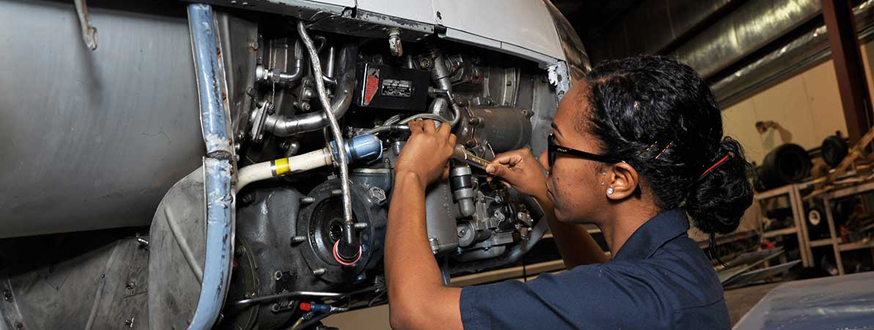Malicious software program, commonly labeled as malware, could cause damage to computers and laptop computers and the info on them. Anti-virus software is built to find and remove adware and spyware from your computer system or mobile phones. It does this kind of by deciphering and identifying potential viruses, which will it then isolates, quarantines, and destroys. Spyware and adware can enter the device through insecure websites, peer-to-peer peer to peer programs, dubious email attachments, and hitting fake social media links.
How exactly does antivirus determine potential malware?
Traditional anti-virus programs rely on signatures (sets of information characteristic of specific viruses) to identify and flag destructive data files. The programs scan incoming files and programs over a scheduled basis, looking for the signatures that indicate they are virus-related. The programs in that case compare the incoming documents and programs to the repository of infections that it knows about, flagging virtually any that meet as malicious.
The best modern antivirus software program uses heuristic detection together with signature-based ways to ensure that it could spot fresh kinds of viruses and variants of existing viruses. Heuristic detection works http://webroot-reviews.com/ by examining the code of unknown executable files, then using a method called “sandboxing” to run the files in a online environment, and only permitting them to enter your personal computer if the behavior isn’t unsafe.
Even the most advanced and thorough anti-virus programs are unable to catch every piece of viruses. For this reason, it is crucial to always maintain up with updates from your malware provider, and regularly diagnostic scan your computer, directories, and data files, both on a schedule and manually as you suspect that anything has gone wrong.







